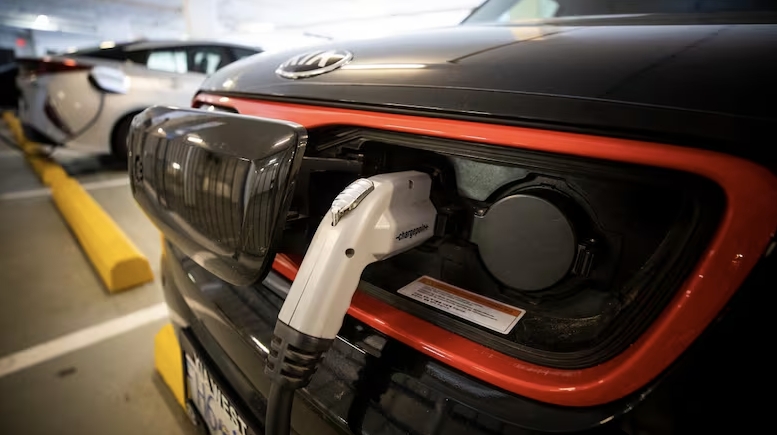Make EV Charging Mandatory in All New Apartments, Says Report Urging National Policy Shift
Lucas Tremblay
3/26/20252 min read


Abhay Gambhir lives in downtown Vancouver and loves his Tesla. But instead of charging it at home, he has to drive to Richmond several times a week — all because his apartment parking stall doesn’t have a charger.
Gambhir has been trying to install one himself, but after two months of silence from his landlord, he’s stuck making the 45-minute round trip to a public supercharger.
“It’s not just the charging — it’s the driving, waiting, and the time lost,” he said.
His frustration reflects a growing concern in Canada’s urban centres: EV adoption is on the rise, but most apartment dwellers have no easy way to charge at home.
Now, a new report from Clean Energy Canada is calling on all levels of government to require EV charging readiness in all new apartment buildings — and provide public funding to retrofit older buildings, particularly in cities where apartment living is the norm.
Apartment Dwellers Left Behind
Published Wednesday, the report argues that the lack of at-home EV charging options is creating a two-tiered transition to clean transportation — one that favours homeowners over renters and condo dwellers.
“People who live in single-family homes with garages are charging their cars at home,” said Rachel Doran, vice-president of policy and strategy at Clean Energy Canada. “But in urban areas like Metro Vancouver, 60 per cent of people live in apartments — and we risk leaving them behind.”
Clean Energy Canada is a think tank based at Simon Fraser University. Its latest study finds that adding EV charging infrastructure to new buildings is four times cheaper than retrofitting older ones, and calls for a coordinated approach between federal, provincial, and municipal governments to make EV-ready homes the default.
What Other Provinces Are Doing
Quebec currently leads the country in this area: all new multi-unit buildings must be 100% EV-ready, meaning every parking space is wired to support Level 2 chargers.
B.C. has taken steps to improve access, including laws that allow apartment dwellers to request chargers in their parking stalls — but they must pay for it themselves and get permission from building owners or strata councils.
“The policies are there in B.C., but they’re not always enough,” said Doran. “We need to avoid a patchwork of rules that vary from city to city. A unified, long-term plan is key.”
Funding Retrofits, Avoiding Future Costs
The report says governments must also fund upgrades in older buildings — where electrical panels, wiring, and infrastructure often need expensive overhauls to accommodate multiple EV chargers.
“Doing it later costs significantly more,” said Doran. “If we don’t act now, we’re creating an even more expensive problem in the future.”
The report cites Lions Bay and Belcarra, two small B.C. municipalities with no apartment buildings but some of the highest EV adoption rates in the province. Doran says this highlights the link between EV uptake and access to home charging — and why equity must be built into the transition.
“It’s clear: people with the ability to charge at home are buying EVs. If we want everyone to make the switch, we have to make it possible.”
Clean Energy Canada is urging the federal government to include EV infrastructure as part of its upcoming housing and green building strategies, and is also calling on the B.C. government to strengthen building codes and funding mechanisms.
For drivers like Gambhir, that shift can’t come soon enough.
“We’re doing our part to go electric,” he said. “But right now, it feels like the system isn’t built for us.”
News
Stay updated with the latest BC news stories, subscribe to our newsletter today.
SUBSCRIBE
© 2025 Innovatory Labs Inc.. All rights reserved.
LINKS
